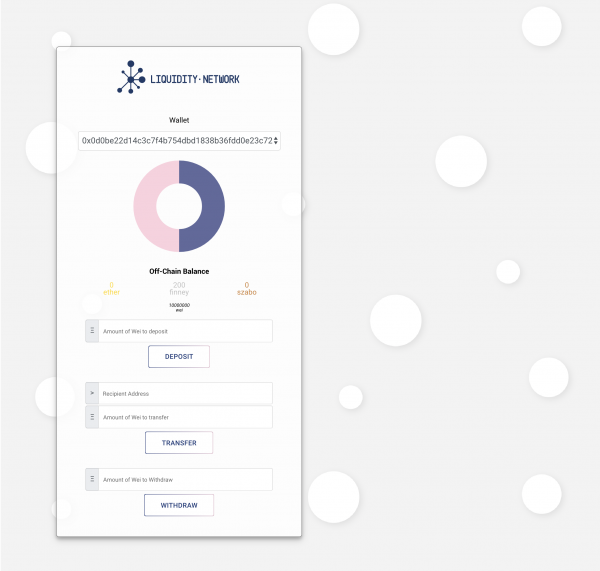Yet another ethereum scaling solution is launching a test network.
Announced Friday, Liquidity.Network is officially joining Raiden Network as the latest ethereum project to attempt to move transactions off the world’s second most valuable blockchain and into payment channels, in turn, allowing the network to support greater adoption and use.
Similar to bitcoin’s better-known Lightning Network, Liquidity.Network aims to enable ethereum users to transact back and forth, without having to pay the cost of moving coins on the blockchain itself. In short, users pay to start channels and to close channels, not for what happens in between.
But while Raiden is the furthest along in its development of the concept, it’s still yet to go live, and with ethereum nearing capacity at times, today’s news that another team is working on the challenge marks what many will likely see as welcome competition.
Notably, the solution makes use of Revive, an early-stage technology pioneered last year that claims to offer a better, less expensive way of setting up off-chain transactions.
Liquidity.Network co-founder and Imperial College London assistant professor Arthur Gervais told CoinDesk:
“What we’re providing is a payment hub which allows you to do bi-directional payments among however many people you want, which we think could be big for ethereum in general.”
According to Gervais, what’s available for use on ethereum’s Ropsten testnet today is an unfinished alpha version, one that he hopes will attract both early testers and curious coders. Like Raiden, Liquidity.Network will also issue a token to fund development and power the protocol, though it’s currently in pre-sale and isn’t yet necessary for the network.
Key innovations
While the launch lays the groundwork for a new off-chain payment network, Liquidity.Network is also introducing what is perhaps the first test wallet on ethereum that can send and receive these kinds of transactions.
According to Gervais, the wallet isn’t made for real ether – at least, not yet – but for sending and receiving dummy coins on the test network.

Still, what Gervais was most excited about was the “hub” that connects different users on the network under the hood so they can transact back-and-forth.
Since the hub pools everyone’s money together in a unique way, it’s supposed to offer more flexibility for sending payments to disparate people across the network.
According to Gervais, this is Liquidity.Network’s key technical innovation that distinguishes it from other scaling projects.
High hopes
On top of that, the network’s founders are now looking beyond Liquidity.Network’s possible use on ethereum, seeking to build more complex applications on top.
After they finish making it compatible with the larger ethereum network, for example, they hope to add support for ERC-20, the standard used to create crypto tokens launched via initial coin offerings (ICOs), in an effort to increase the scalability of those networks as well.
As such, the launch signals that more interest is being paid to ethereum’s growing adoption and the usability issues those new users face. Indeed, Gervais hopes that adding another scaling project to ethereum will help speed up the time it takes for more projects to come to fruition.
That’s one reason why Gervais is pushing for Liquidity.Network to go live on the ethereum blockchain as soon as possible.
He concluded:
“It will be ready for mainnet in three months. We’re pushing hard to make it ready.”
Plasma ball image via Shutterstock
The leader in blockchain news, CoinDesk is an independent media outlet that strives for the highest journalistic standards and abides by a strict set of editorial policies. Interested in offering your expertise or insights to our reporting? Contact us at news@coindesk.com.
https://www.coindesk.com/raiden-isnt-ethereums-hope-off-chain-payments-anymore/




